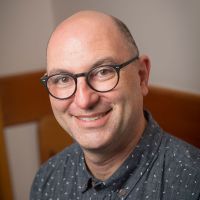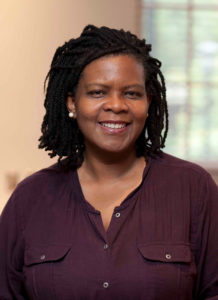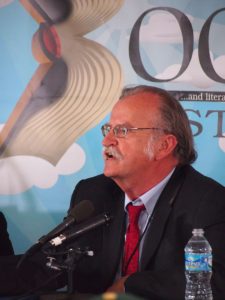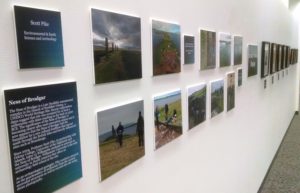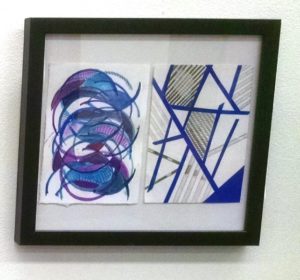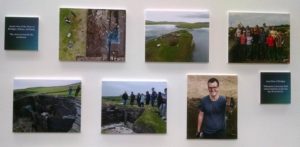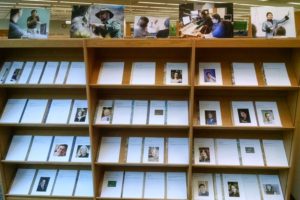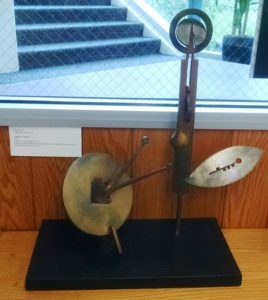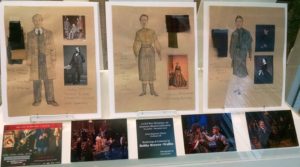Alumni Weekend is September 15-17, 2017. There are a number of planned activities for our beloved alumni, visitors, and current students that are listed online (view schedule), including reunions, panel discussions, social mixers, campus tours, excursions around Salem, celebratory meals, exciting entertainment and awards ceremonies. Alumni Weekend truly has something for everyone.
More than 800 total guests and 500 Bearcats returned to campus this past September, making it one of the most successful and highest attended Alumni Weekend gatherings in school history. Get a glimpse of the fun that was had by checking out the Alumni Weekend 2016 Recap and Photo Galley. Also, a number of items owned by Willamette alumni will be on display this weekend on the 5th floor of Waller Hall for alumni weekend. They will be on display into October for the Waller Hall birthday celebration. These items include unique items from the Archives that usually are not loaned.
Below are a photos from last year’s Alumni Weekend (2016), including a leather bag with an early Willamette University bearcat emblem owned by Marian Pope (class of 1936), and a yellow stadium seat cushion with Barney the Beartcat that was used between 1952 through the 1970s.
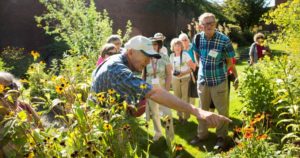 |
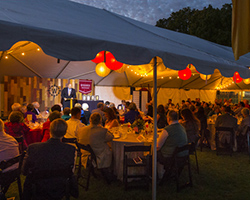 |
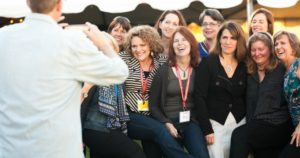 |
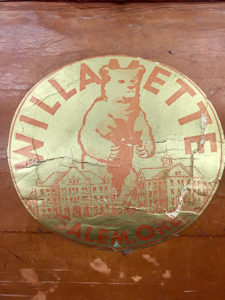 |
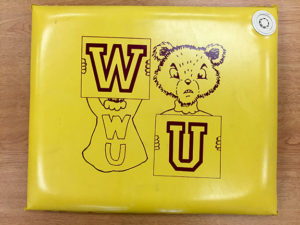 |
(Info and photos courtesy of the Archives & Special Collections and the Alumni Weekend web page.)

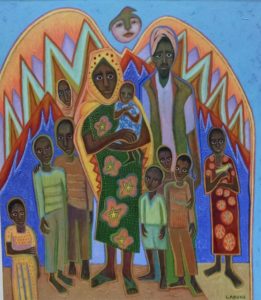
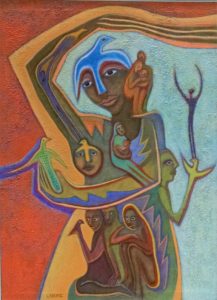

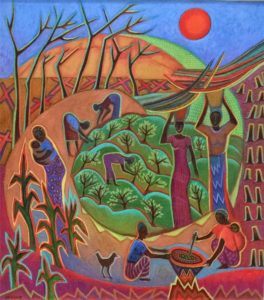



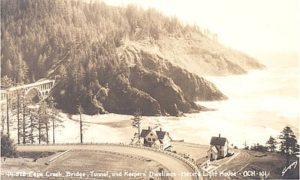
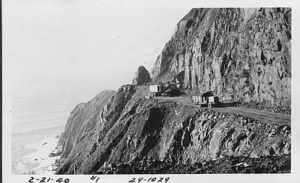
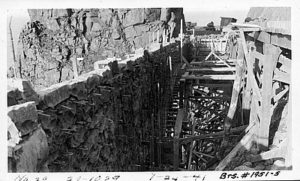

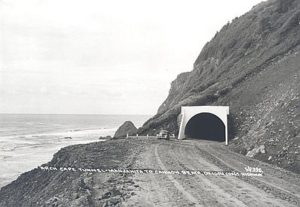
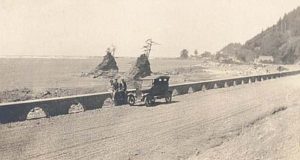

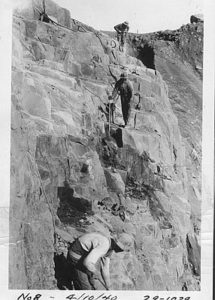

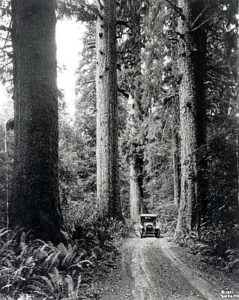
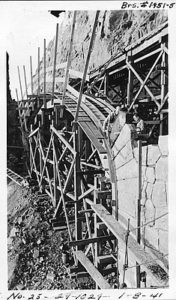
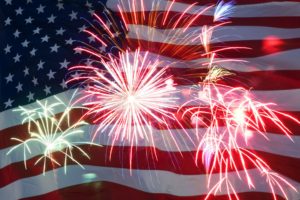
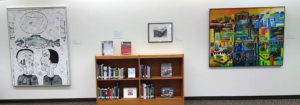
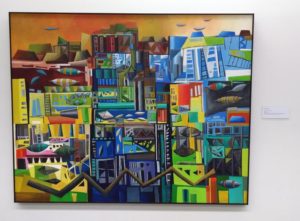
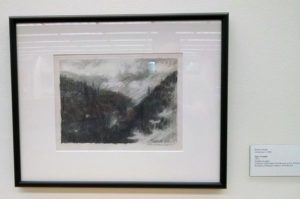
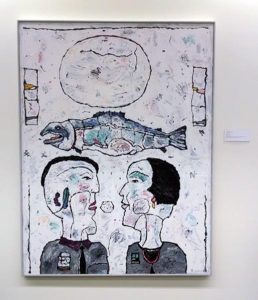
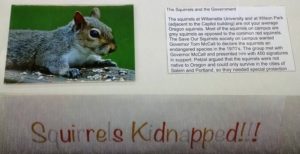 We currently have a mini-archives exhibit all about squirrels on display on the first floor of the library. There are tidbits of info about our infamous squirrels, including a petition that went to Governor McCall in the 1970s to declare the squirrels an endangered species near Willamette University and the Oregon State Capitol Building. Two separate Willamette Collegian articles are highlighted that accused Longview, Washington of stealing squirrels. These two articles started the controversy surrounding the squirrel-napping.
We currently have a mini-archives exhibit all about squirrels on display on the first floor of the library. There are tidbits of info about our infamous squirrels, including a petition that went to Governor McCall in the 1970s to declare the squirrels an endangered species near Willamette University and the Oregon State Capitol Building. Two separate Willamette Collegian articles are highlighted that accused Longview, Washington of stealing squirrels. These two articles started the controversy surrounding the squirrel-napping.
